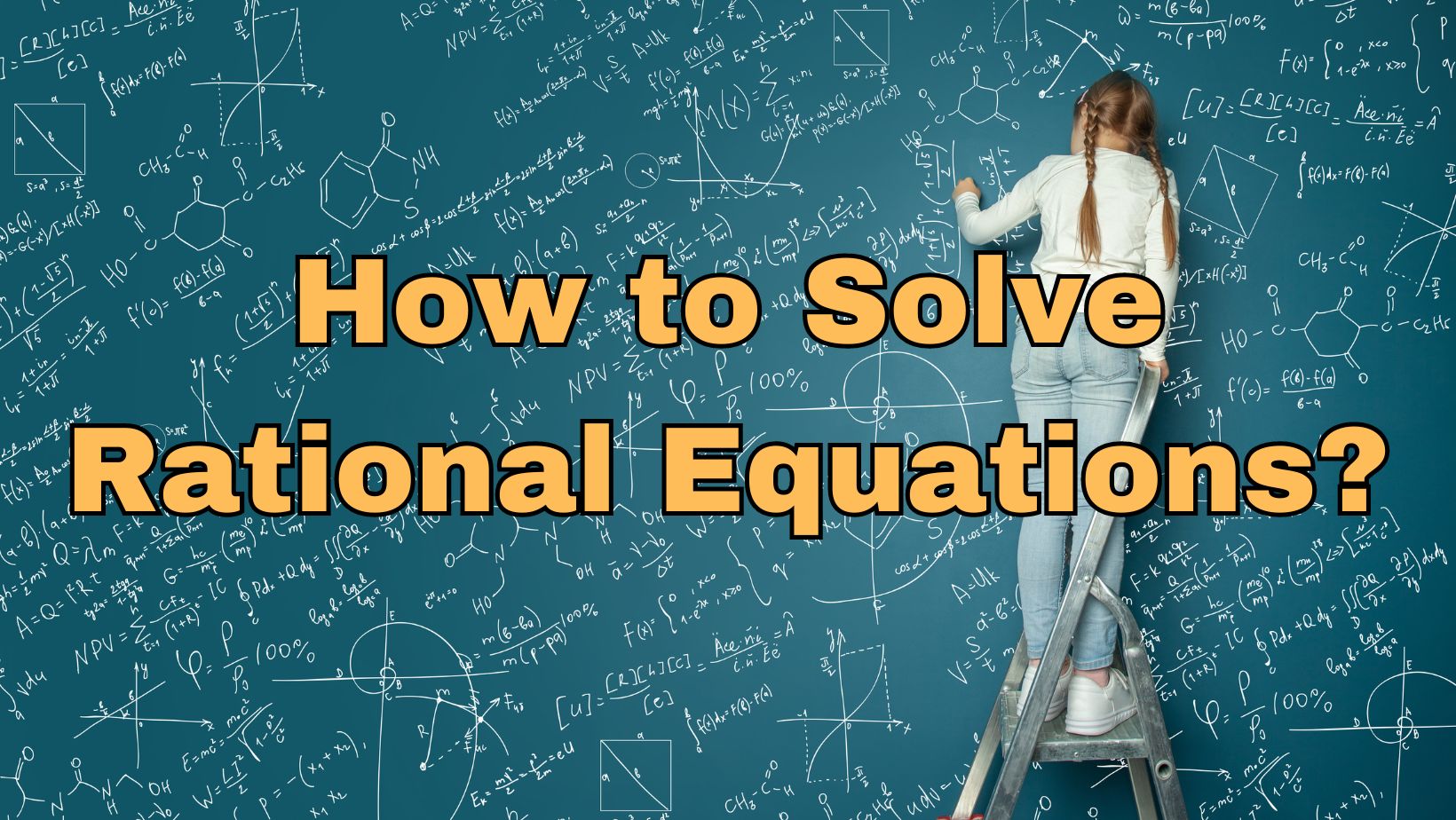In the vast landscape of algebra, rational equations stand out for their elegance and complexity. These equations, which involve fractions whose numerators and denominators are polynomials, are fundamental in various mathematical and real-world applications. Mastering the technique to solve these equations not only enhances one’s algebra skills but also strengthens problem-solving abilities across numerous disciplines.
This article delves into what rational equations are, provides a detailed explanation with examples, and offers a step-by-step guide to solving them efficiently. To study the topic in depth with examples, visit https://solvelymath.com/articles/rational-equations/.
Understanding Rational Equations
Rational equations are characterized by the presence of one or more fractions that contain polynomials in both their numerators and denominators. Essentially, a rational equation can be viewed as an equation where at least one variable is divided by another. The general form of a rational equation might look something like this:
P(x)/Q(x) = R(x)/S(x), where P(x), Q(x), R(x), and S(x) are polynomials. Each polynomial brings its own degrees and coefficients into the equation, crafting a versatile and dynamic equation landscape.
Example with an equation:
When thinking about a standard rational equation, you might visualize one algebraic fraction being equivalent to another. The real beauty of these equations is in their flexibility and the endless ways they can be constructed. Imagine the polynomials as the foundational elements of the equation, with each variable (x) acting as a key pillar for these algebraic structures. With different degrees and coefficients, these polynomials provide a distinct flair to every part of the equation.
A typical example of such an equation could be laid out as follows:
{x^2 + 3x – 7}/ {2x – 5} ={4x + 1}/ {x^2 – x – 6}. ]
How to Solve Rational Equations: A Step-by-Step Guide
Solving rational equations involves a sequence of steps aimed at finding the values of the variables that make the equation true. The method may slightly vary based on the specific form of the equation, but the fundamental approach remains consistent.
Step 1: Identify and Clear the Denominators
The first step involves eliminating the denominators to simplify the equation into a more manageable form. This is done by finding the least common denominator (LCD) of all fractions involved and multiplying each term of the equation by this LCD.
Step 2: Simplify the Equation
After clearing the denominators, simplify the resulting equation by distributing any multiplication and combining like terms where possible.
Step 3: Solve for the Variable
With the equation simplified, the next step is to isolate the variable and solve the equation. Depending on the equation, this might involve further simplification or utilizing methods to solve quadratic or higher-degree polynomial equations.
Step 4: Check for Extraneous Solutions
An important final step in solving rational equations is to check for extraneous solutions. These are solutions that, when substituted back into the original equation, would result in a denominator of zero, thereby invalidating the solution.
Conclusion
Solving rational equations is a skill that requires practice and patience. It involves recognizing the structure of rational equations, methodically eliminating denominators to simplify the equation, and solving for the variable while being mindful of potential extraneous solutions. Mastering these steps enables one to tackle a wide array of algebraic problems efficiently. Like all mathematical endeavors, proficiency comes with practice, so engaging with a variety of rational equation problems is advisable for those looking to hone their skills.
